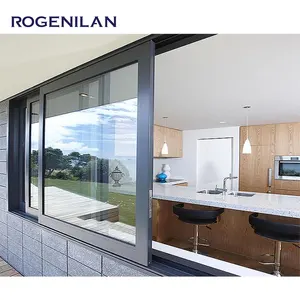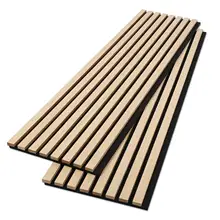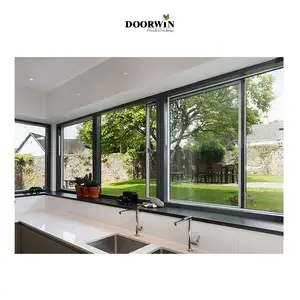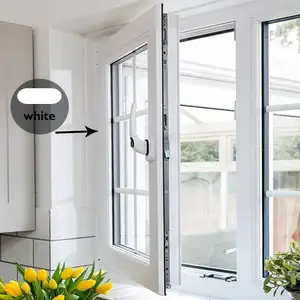In the ever-evolving and diverse world of architecture and construction, solutions for energy-efficient, sustainable, and cost-effective materials are always welcomed in order to reduce environmental impact and enhance building performance. One area that has seen significant evolution is window design, an essential aspect in both residential and commercial buildings. The demand for durable and aesthetically pleasing building materials has led to the rise of modern UPVC windows in current construction practices. Today, these windows have found their place in diverse settings, from the white UPVC windows adorning traditional residences to the colored UPVC windows enhancing the facades of avant-garde commercial structures.
Understanding modern UPVC windows
UPVC, or Unplasticized Polyvinyl Chloride windows, stands out among the various window designs and materials available on the market for their strength, security, and energy-saving qualities. UPVC was developed in the 20th century and gained popularity in the window industry mainly due to its durability and low maintenance features. One of the biggest differences between UPVC windows and other standard windows lies in their material. Traditional windows normally use wood, aluminum, or steel, which can be more prone to weathering and require more maintenance. UPVC windows, on the other hand, are more resistant to weathering and require less upkeep as they don't warp or rot like wood, nor do they rust like metal.
Benefits of modern UPVC windows
Modern UPVC windows offer substantial durability, as they resist corrosion, rot, warping, and fading, ensuring long-term functionality and form. The security aspect of UPVC windows is bolstered by their robustness and the possibility of incorporating multipoint locking systems and reinforced glass, significantly enhancing home safety. Another notable advantage of UPVC windows is their exceptional energy efficiency. They provide outstanding thermal insulation, effectively minimizing heat loss or gain, which translates to reduced reliance on artificial heating or cooling systems. Meanwhile, their aesthetic aspect is equally important, with options such as grey UPVC windows and black UPVC windows for a more modern or distinctive look. For homeowners who are seeking different replacements for UPVC windows or are installing new ones, these windows offer a fusion of style and functionality. With attributes such as competitive double-glazed window prices, they present a practical choice for various budgets and architectural styles.
Selecting the right new UPVC windows
When selecting the new UPVC windows, it's essential to assess the dimensions of window openings and choose a size that balances light, ventilation, and aesthetic appeal. The shape of the windows should align with the architectural style of the property, ranging from standard forms like rectangles to more unique shapes like arched windows. Color choice is also crucial in matching the property's exterior and interior. Meanwhile, it's equally important to realize that the type of glass used significantly impacts insulation, security, and privacy. Therefore, for enhanced insulation in colder climates, options like double-glazed bay window designs with low-emission coatings are ideal, whereas, in warmer regions, selecting lighter and more ventilated window designs is more appropriate.











































 浙公网安备 33010002000092号
浙公网安备 33010002000092号 浙B2-20120091-4
浙B2-20120091-4